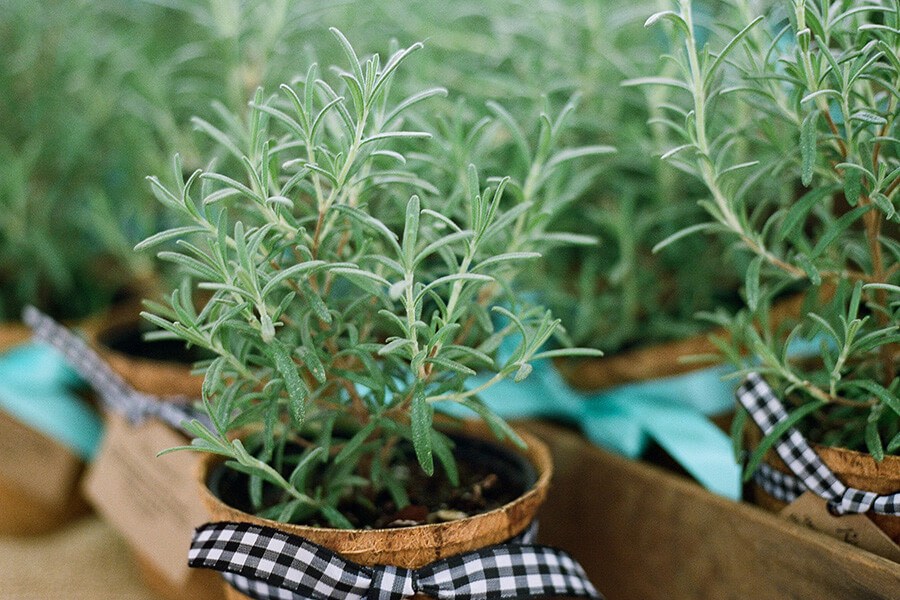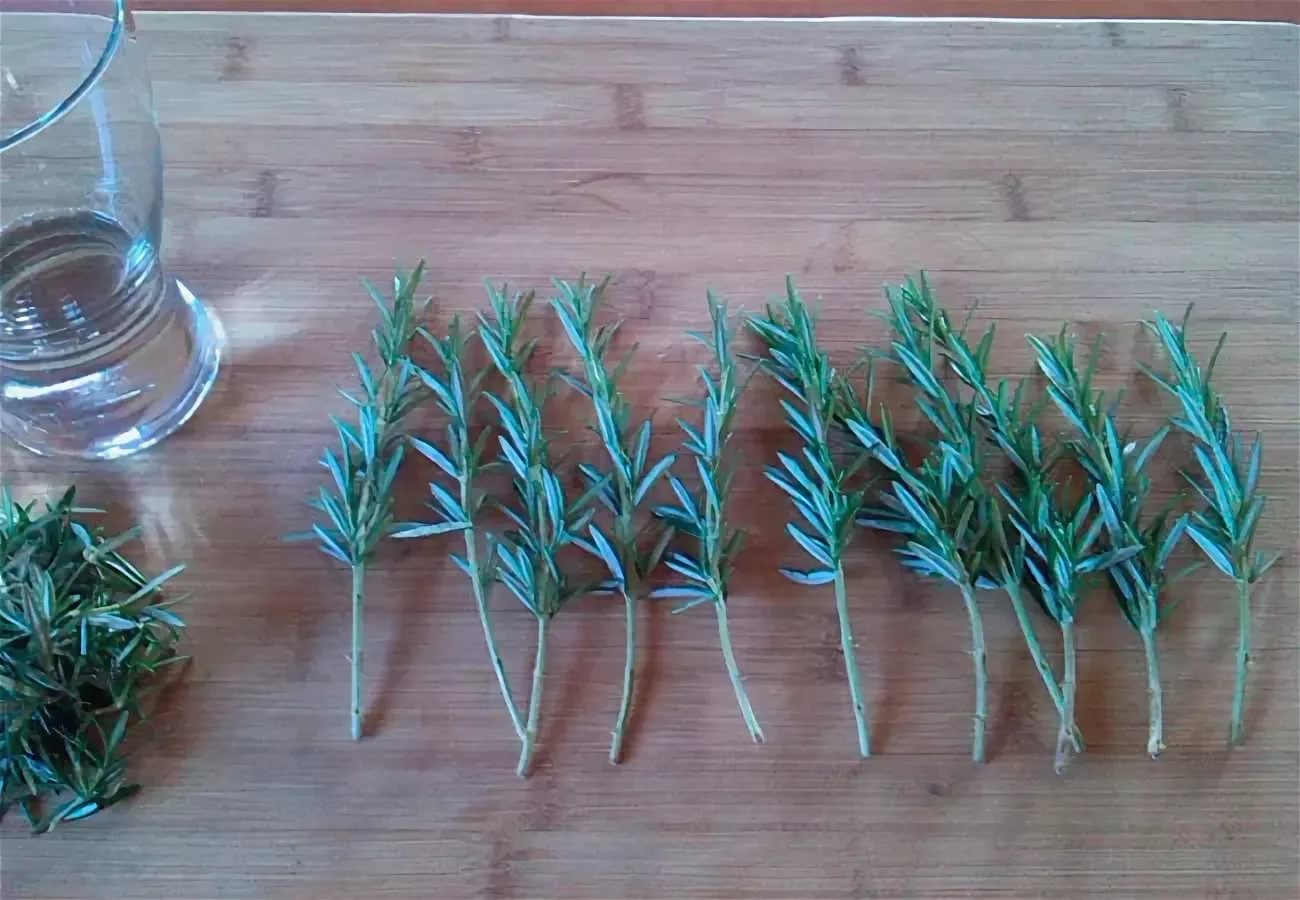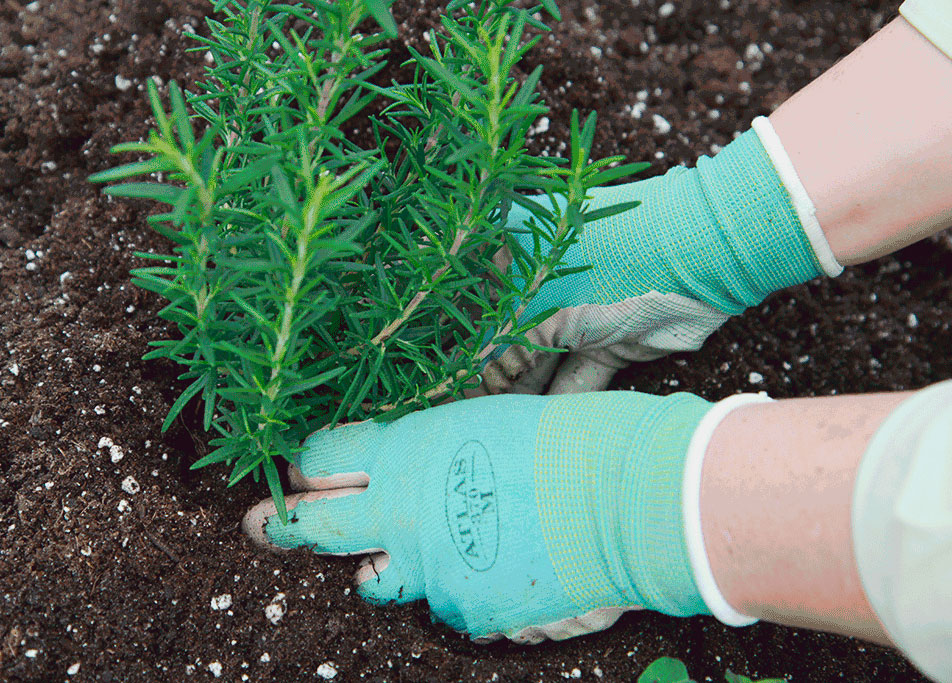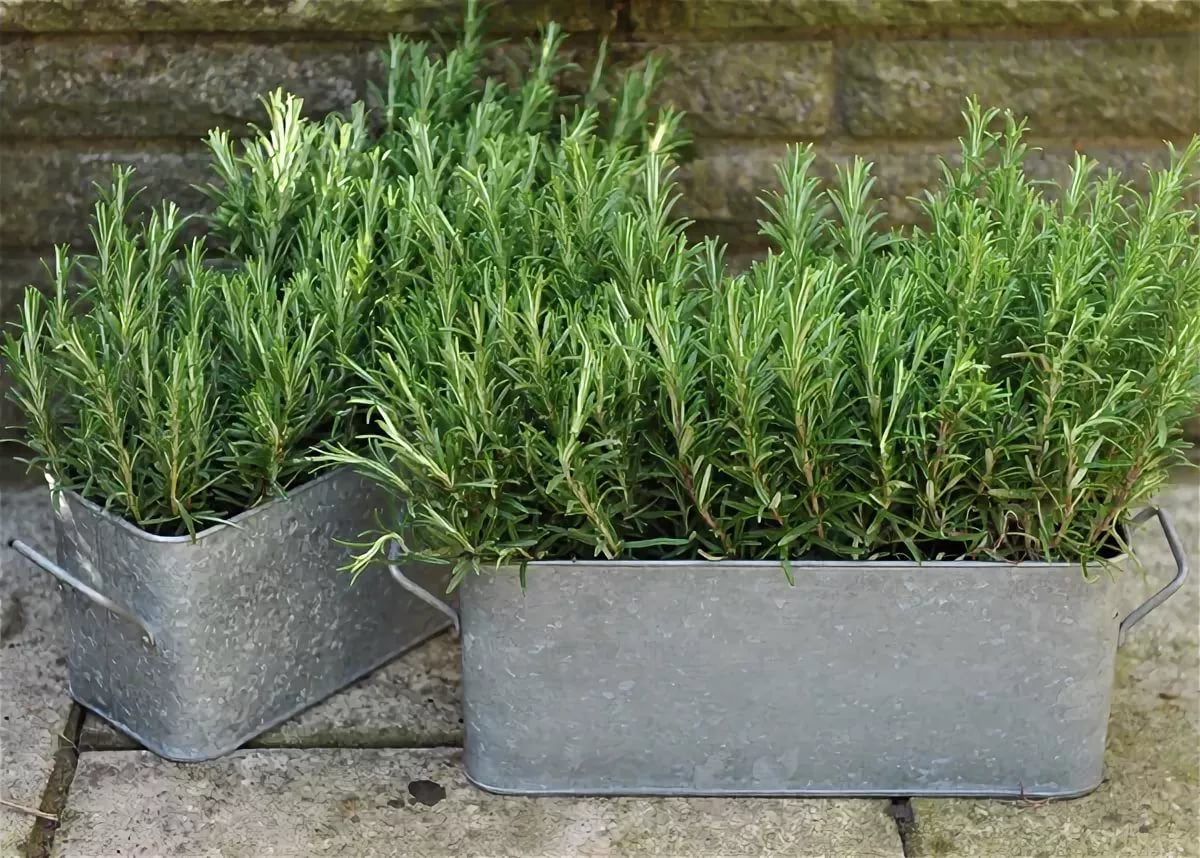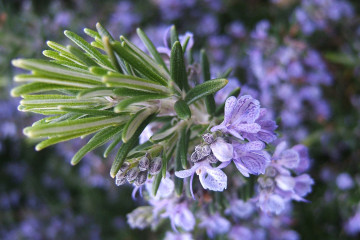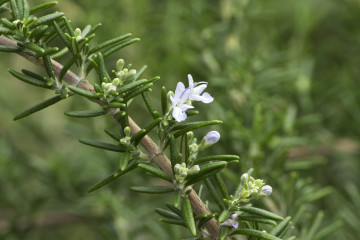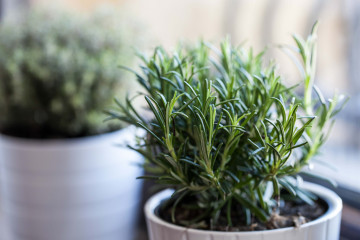How to propagate rosemary - ways
Content:
There are many legends about rosemary. In ancient Rome, Greece and Egypt, the culture was revered as a sacred plant and used to cleanse the house and drive out the dark forces. Also, rosemary served as a symbol of eternity, good health and longevity. It was given to newlyweds on their wedding day as a symbol of prosperity and even used on tombstones as a sign of eternal memory. Information on how to propagate rosemary was passed on as a family heirloom.
Brief description of the plant
Rosemary (Latin rosmarinus officinalis) is a perennial evergreen shrub with small, leathery leaves wrapped around the edges, looking like pine needles. It is thermophilic, grows in sunny and warm climates, and is widespread in the Mediterranean and southern Europe.
The medium of application of rosemary is extensive - herbalists use it as a medicinal plant, it is used in aromatherapy, chefs love its pronounced spicy aroma of mint and lemon and its bitter taste. Many growers try to grow it in their backyards and at home, so they are looking for ways to plant rosemary or grow it from a twig.
How to propagate store-bought rosemary at home using cuttings
In temperate regions, it is recommended to grow rosemary indoors. One of the ways to breed a shrub is by cuttings. Reproduction of rosemary by cuttings at home can be done at any time of the year. If the shoots are planted in open ground, then preparation must begin in late March - early April, so that in late spring it is already possible to plant shrubs in the garden.
Preparing cuttings
Cuttings are specially separated tops of rosemary about 10 cm long with 4-5 internodes. To propagate rosemary by cuttings, you must follow these instructions:
- Moisten the prepared soil thoroughly.
- Deepen the cuttings into holes 3-4 cm.
- After planting, moisten the soil with a spray bottle again.
- Place the container in a warm but lighted place (windowsill) and wait for rooting, which will take place in 4-6 weeks.
For a favorable rooting, it is important to observe the frequency of watering. Rosemary loves moist soil, but if the water stagnates in the container, excess liquid should be drained from the pan. It is not necessary to moisten the soil abundantly, every other day.
When the cuttings are rooted, they can be removed and transplanted to a garden plot, balcony, or left on the windowsill.
How else can you cut rosemary? To control root formation, you can place the scions in cups of water. It needs to be changed 2-3 times a week. It is important for the sprouts that there is enough light and warmth in the room. With this type of cuttings of rosemary, after 14-16 days, you can see the roots of the plant.
To prevent moisture from evaporating quickly from the glass, it must be covered with a cardboard. A cut is made in it, into which the cuttings are inserted and fixed in this position. You can add an activated carbon tablet to the water.
Growing from seeds
Another way to propagate rosemary is from seed. Seeds germinate for a long time, which must be taken into account when using this method of flower cultivation. They begin to germinate seeds no later than a month and a half before the onset of heat. To speed up the process, they can be pre-germinated in gauze soaked in water.
Procedure:
- Seeds are spread in prepared soil at a distance of 2 cm from each other and moistened.
- Sprinkle on top with a thin layer of soil and spray again with water.
- The container is placed in a warm place out of direct sunlight and with good ventilation.
When the first shoots appear, it is necessary to improve the lighting. Wait until the actual leaves appear before rooting the rosemary in separate containers.
How rosemary reproduces by layering shoots
Late spring is best suited for this method. Step-by-step instructions for carrying out the procedure on the site:
- Several strong shoots are chosen for reproduction.
- Furrows up to 5 cm deep are dug from the main plant in different directions.
- The shoots are cut a little in the center, after which this place is deepened into the prepared furrows and buried in earth, without tearing it off the mother plant. Part of the cut must remain above the ground.
- Layers are watered so that the upper shoots remain dry.
- After the appearance of the rhizome, the young plant is separated from the mother plant and transplanted to a new place.
In order to help the development of the new root system of the shrub, it is necessary to provide it with additional nutrition. The plant is watered as the soil dries up. For feeding, mineral fertilizers are used, which are applied 2-3 times a month.
Layers take root only by autumn. Then they can be separated from the main bush and planted around the site. However, in colder climates, it is better to transplant the layers into pots and let them overwinter at home, and then move them back to open ground in the spring.
Further care of seedlings
When the plant takes root and gets stronger, it will be easy to care for it. Good light and sufficient watering of the soil are two basic conditions for a shrub to bloom.
The plant does not tolerate acidic soils and excessive watering. If the rosemary grows in a pot, it should be repotted regularly. If it is noticeable that the rosemary does not get drunk after watering (the water immediately runs off), then the pot is full of roots, and a transplant is required. At home, the plant should be periodically rotated around its axis so that all shoots receive a sufficient amount of light.
To make the rosemary bushes look compact on the site, long branches are shortened and pinched tops at the points of growth.
The choice of breeding method for rosemary largely depends on the conditions at hand. It is better for a novice gardener to purchase cuttings, and if the plant is already on the site, then you can try to propagate rosemary and layering. Breeding a plant by dividing a bush is recommended when transplanting a plant in order to injure it less. To obtain healthy and high-quality seedlings, it is important to use prepared soil, care for the sprouts and create a suitable microclimate for them. Then new shoots will delight the eye with delicate flowers.
